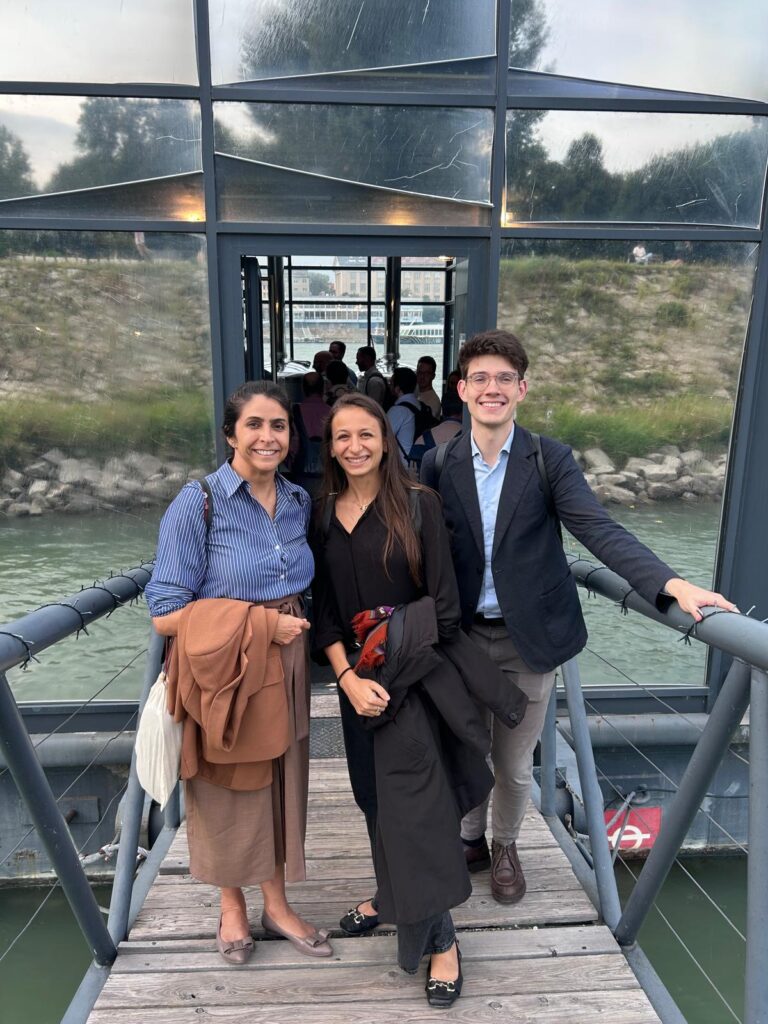written by Pradyumna Bhagwat
A much-debated topic in the discourse on the “Clean Energy for all Europeans” package (Winter Package) is that of capacity mechanisms. In the Winter Package, the topic is treated in the proposed Directive on common rules for the internal market for electricity as well as the Regulation for the internal market for electricity.
Chapter IV of the proposed regulation enumerates principles and procedures for assessing the need for a capacity mechanism in a member state. The chapter provides clarification on conditions for implementation of a capacity mechanisms, on CRM design and cross-border participation. Articles 21, 22, 23 and 24 of the “Proposal for a Regulation of the European Parliament and the Council on the internal market for electricity (recast)”[1] address capacity mechanisms. In addition to these articles, Article 18 (Resource Adequacy) and Article 19 (European resource adequacy assessment) have a strong bearing on CRM implementation.
This post presents two key aspects of the treatment of capacity mechanisms in the winter package. The first section discusses the conditions and the design principles laid down for implementation of the capacity mechanisms. The second section discusses cross-border participation in capacity mechanisms.
Furthermore, ENTSO-E[2] and EURELECTRIC[3] have recently published their position on the treatment of capacity mechanisms in the winter package proposal. The reactions of these two organisations provide a taste of the debate to come in the near future. Therefore, excerpts from these position papers are also presented.
Conditions for implementation and design principles
The decision regarding implementation of capacity mechanisms is made dependent on the European resource adequacy assessment (Article 18 – 19). In this scenario, the robustness of the European resource adequacy assessment in providing an accurate picture of the member states security of supply situation would be a critical factor. The accuracy would, in turn, depend upon the methodology used for this assessment. Apart from the overarching issue of security of supply, another issue that may need more attention while making an assessment is the need for implementing capacity mechanisms to mitigate local country-specific issues.
In the context of design principles, the proposed regulation requires the capacity mechanism to be designed such that it does not distort the market and cross-border trade. The article also requires adherence to the state aid guidelines. In its position paper, EURELECTRIC highlights that the proposal does not recognise principles such as technology neutrality and market-based. Interestingly, in Article 23, the proposal also mandates the member state considering implementation to consult interconnected member states. This consultation process would be critical to ensure that the concerns of neighbours, arising from cross-border effects due to the implementation of capacity mechanisms, are considered.
“… To preserve Member States’ subsidiarity in deciding on their security of supply and generation mix, national responsibilities should not be ignored. Firstly, European adequacy assessments should only be complementary to national assessments when establishing the need-case for capacity markets..” – ENTSO-E
“A more regional approach to system adequacy will bring benefits and synergies. Regional and European system adequacy assessments should complement national assessments rather than being binding factors for Member States to introduce capacity mechanisms. The proposed European framework for capacity mechanisms fails to recognise key principles such as market-based and technology neutrality. A command and control approach through an Emission Performance Standard undermines the EU ETS and puts competitiveness and security of supply at risk.”
“The Regulation should rather establish principles for the implementation and design of capacity mechanisms in order to end with the current uncoordinated piece-meal approach that led to a patchwork of capacity mechanisms as demonstrated in the DG COMP final report on the sector enquiry.” – EURELECTRIC
Box 1: Selected excerpts from the ENTSO-E and EURELECTRIC position papers on CRM – conditions for implementation and design principles
Cross-border participation
The proposed regulation consists of a dedicated article (Article 21) to deal with the issues of cross-border capacity participation in capacity mechanisms.
According to the proposed regulation, implementing member state must allow participation of capacity from member states with a network connection between each other. It should be ensured that cross-border capacity should not be restricted in any way. The national regulatory authorities are entrusted to ensure effective and nondiscriminatory cross-border participation. The responsibility of establishing the technical ability of capacity providers and carrying out availability checks has been assigned to the TSO where the provider is located. The regional operational centres (ROCs) are made responsible for calculating the annual maximum foreign capacity participation.
One of the key issues in the cross-border participation context is the possibility of generation resources “overcommitting” themselves by participating in different CRMs with an overlapping time frame. In such a situation, the actual contribution of these resources to the security of supply may be lower than expected. EURELECTRIC has raised this issue in their position paper. Another topic of debate would be regarding the participation of interconnectors in capacity mechanisms.
“…The decision on the amount of cross-border capacity for the participation of foreign capacity should be let to TSOs rather than assigned to Regional Operation Centers.”
“As regards the cross-border dimension of capacity markets, we consider that the possible direct participation of interconnectors (as an alternative option to participation of foreign generation/demand capacity providers) should also remain open in cases where cross-border capacity is scarce. This would provide direct revenues of capacity mechanisms where they are needed the most for ensuring resource adequacy in the region.” – ENTSO-E
“EURELECTRIC strongly believes that cross-border participation should apply to all types of mechanisms aimed at ensuring security of supply, including strategic reserves….. However, we are concerned by the following proposals: …. capacity providers “overcommitting” themselves and receiving overcompensation relative to their (lack of) actual contribution to security of supply in case of common scarcity in committed markets; …. the proposal on cross-border participation overlooks operational aspects. An appropriate legal and operational framework for managing simultaneous scarcity events…The provisions on the difference of capacity bid prices to be shared among TSOs should be assessed carefully….” EURELECTRIC
Box 2: Selected excerpts from the ENTSO-E and EURELECTRIC position papers on CRMs-Cross-border participation
This post is intended to provide the reader with a broad overview of the treatment of capacity mechanisms in the winter package. It also touches upon a few issues that could be expected to form part of the debate on this topic in the coming months. However, several other issues may be brought to the table by various stakeholders in the coming months.
[1] Proposal for a REGULATION OF THE EUROPEAN PARLIAMENT AND OF THE COUNCIL on the internal market for electricity (recast) – 2016/0379 (COD).
[2] ENTSO-E, 2017. Clean Energy Package: Promising market proposals, but some issues to be solved.
[3] EURELECTRIC, 2017. European Commission’s proposal for a Regulation on the internal market for electricity: A EURELECTRIC position paper. Brussels.






